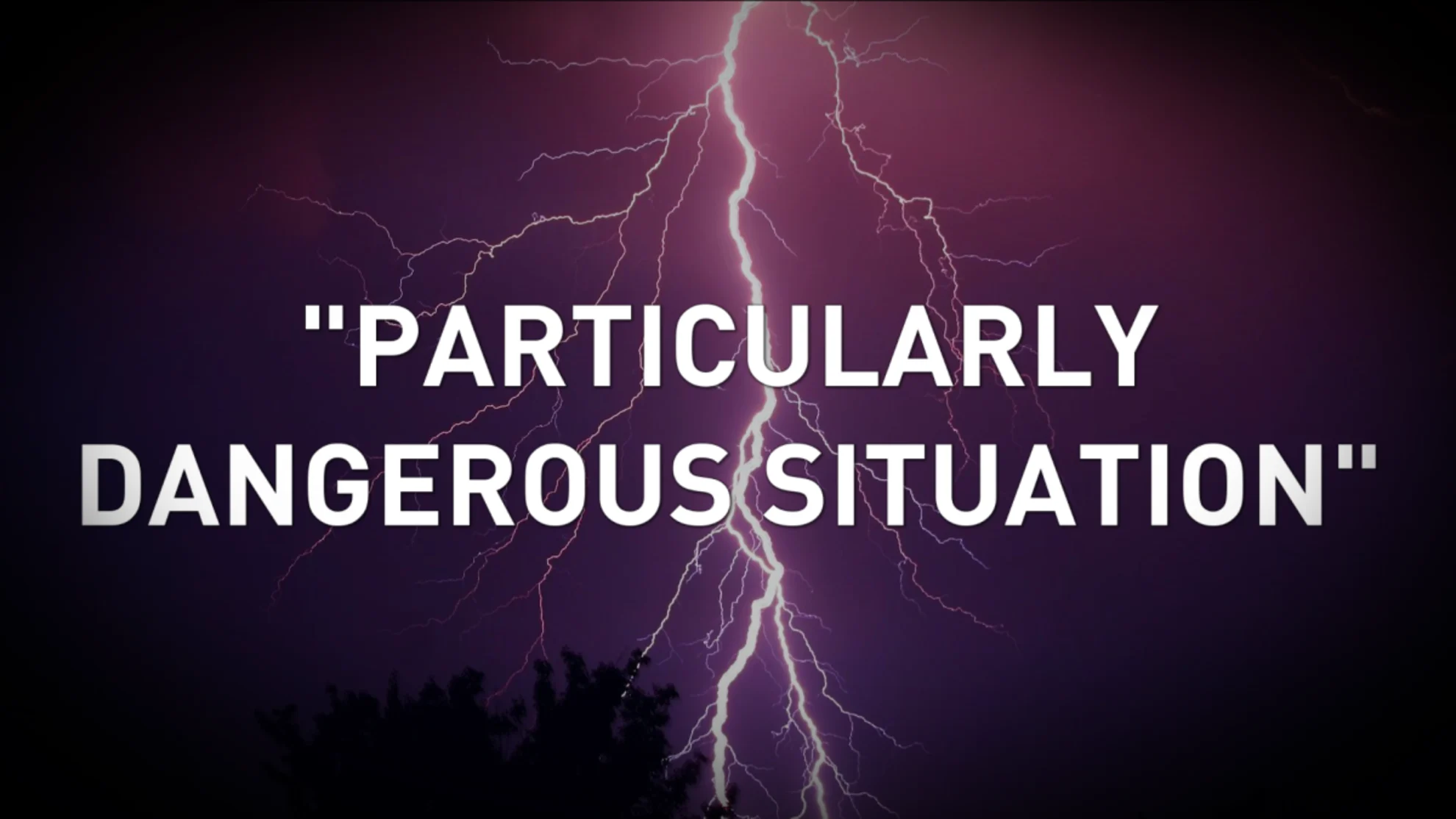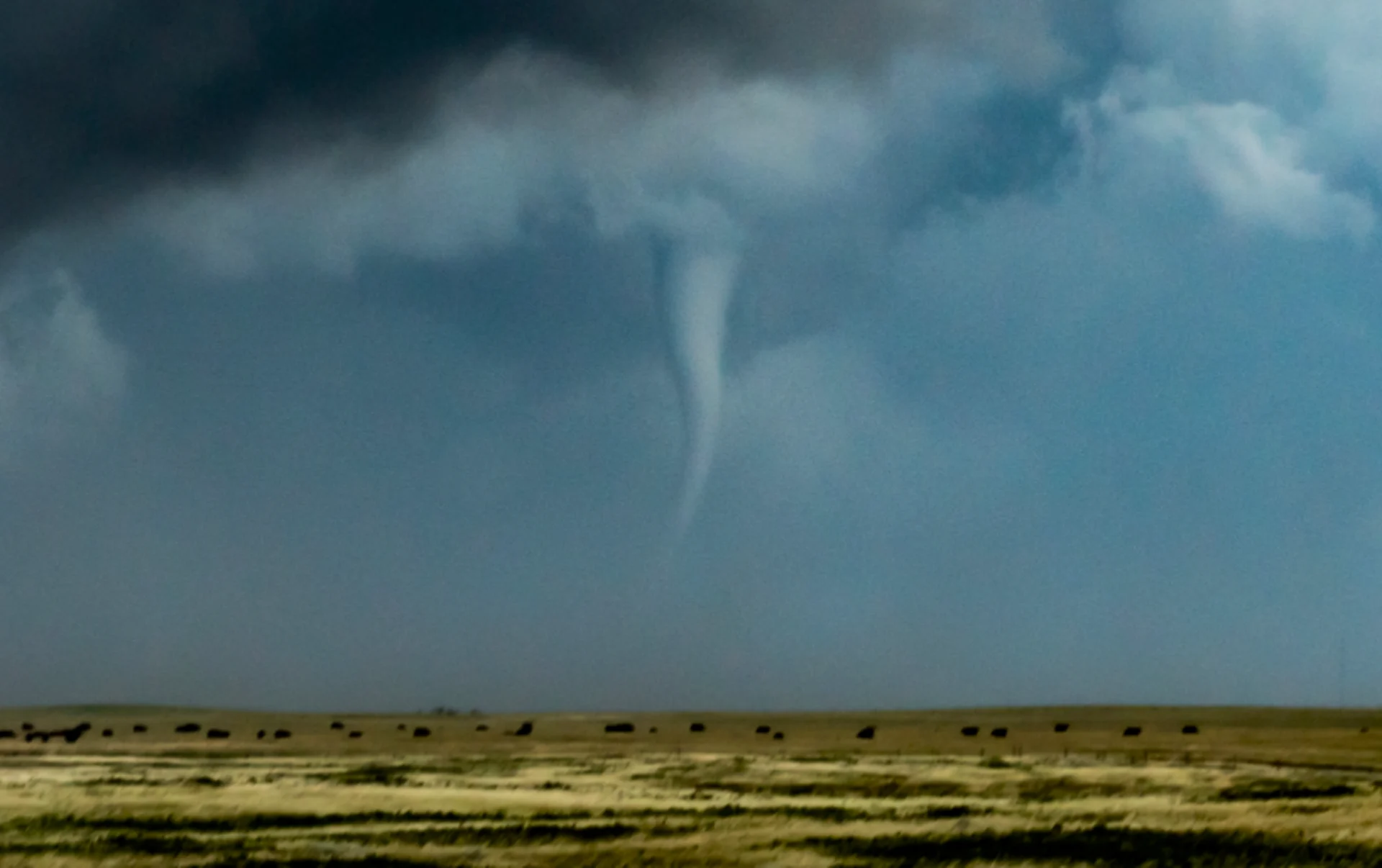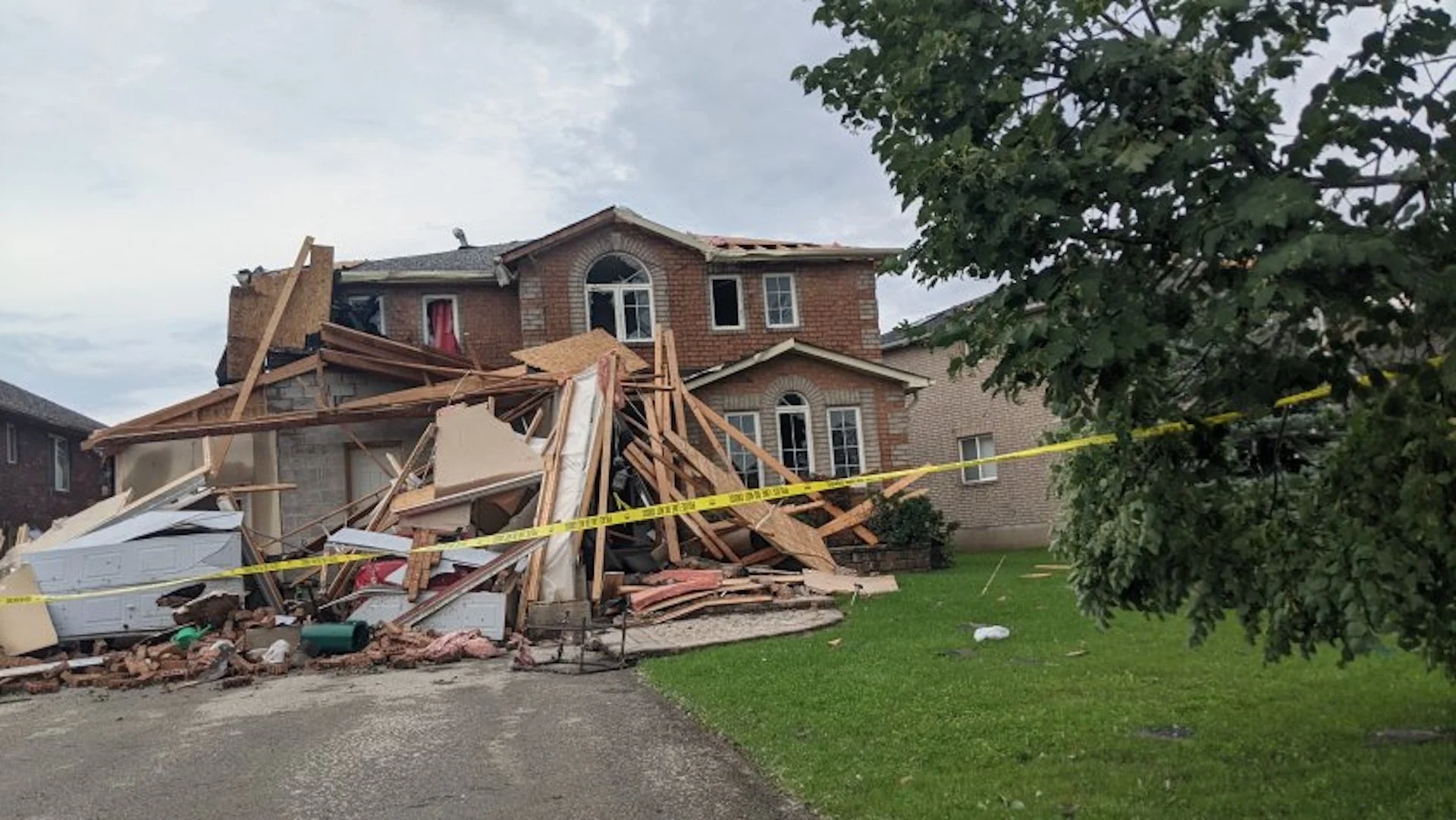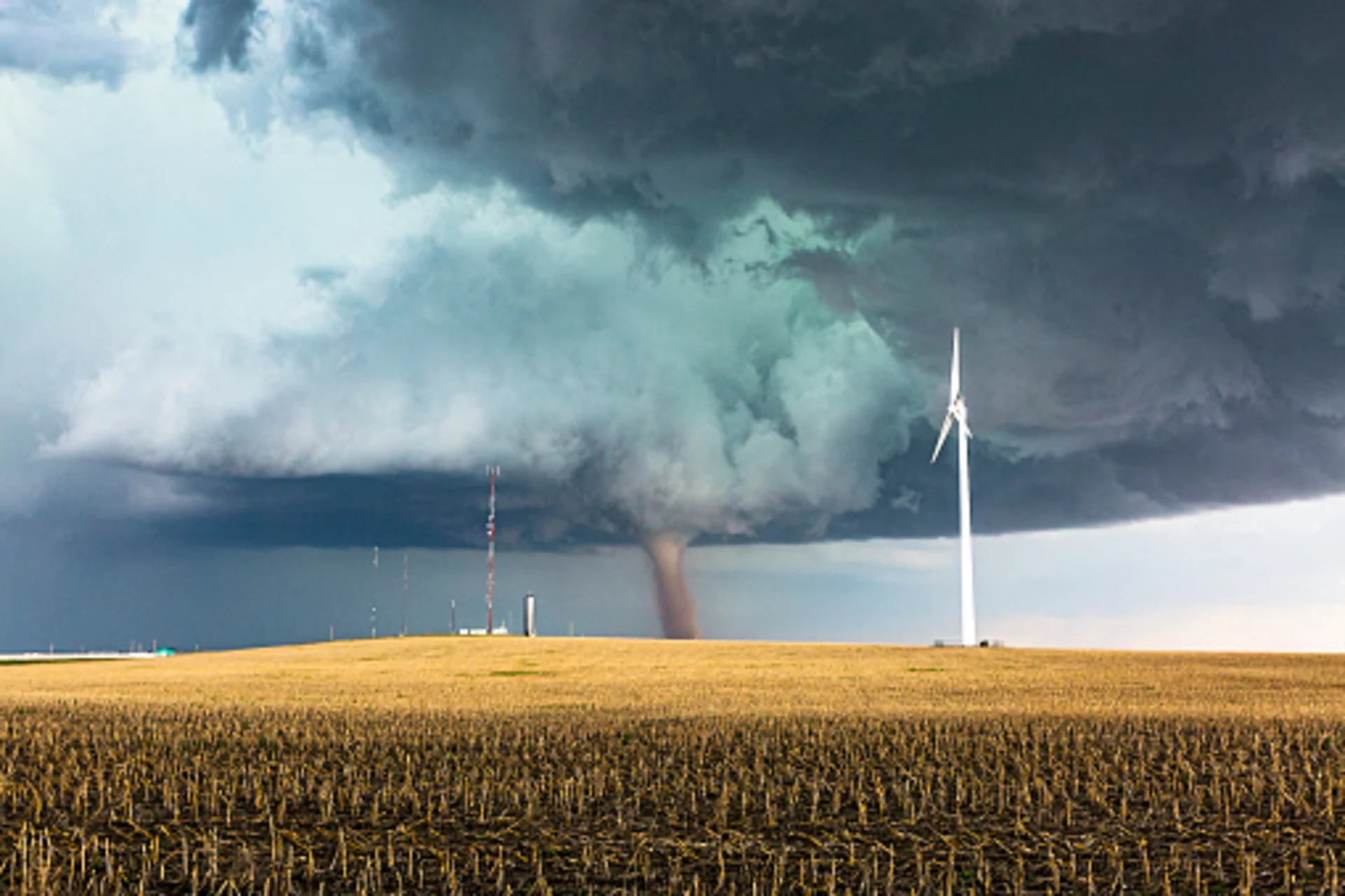
Images courtesy (left to right):
Misheyla Iwasiuk, David Hart, Kyle Brittain
Welcome to The Weather Network's hub for all information on tornadoes in Canada
This page contains vital safety tips, historical data, research on Canadian severe weather and much more.
Browse our video and news galleries and feel free to share this information to family and friends.
LATEST NEWS
LATEST VIDEOS
Content continues below
TORNADO 101
A tornado is a violently rotating column of air that extends from the base of a thunderstorm to the surface. Tornadoes can occur all around the world and have been recorded in all Canadian provinces and as far north as the Canadian arctic. In fact, Canada is the world's second-most tornado-prone country. The most prone tornado regions in Canada are the Prairie provinces, Ontario, and Quebec.

Tornado Rating
The Enhanced Fujita (EF) scale is used to rate tornadoes based on the severity of the damage they produce and gives an estimated range of wind speeds. It is a six-point scale, ranging from 0 (weakest) to 5 (strongest).

Tornado Damage
The range of damage varies greatly from a EF-0 tornadoes, where most light damage is caused to vegetation and rooves, to EF-5 tornadoes, with homes being completely destroyed and catastrophic damage.
ALERTS
Tornado Watches and Warnings are alerts issued by Environment and Climate Change Canada to warn Canadians of impending or imminent tornado conditions and are then distributed through The Weather Network's various platforms.

Tornado Watch
Be prepared! Conditions are favourable for the development of tornadoes in your area. There is no immediate need to take action, but have a plan in place in case a warning is issued.

Tornado Warning
Take action! A tornado is imminent or occurring in your area. Seek shelter immediately. The safest place to be is in the basement or the most interior room of your home, away from windows and doors. Put as many walls between you and the outside.
A Tornado Warning has been issued, here's what to do:
SAFETY
In Canada, tornado season typically runs from April through September, but tornadoes can occur at any time of the year. The best way to protect yourself and your family is by following the steps below:
Before the storm...
- Stay alert and pay attention to weather watches and warnings
- Download The Weather Network app, be sure to select 'Precise Location' and turn on 'Severe Weather Alerts'. This will ensure you are always receiving up to date weather alerts when they are issued in your current area.
- Know the difference between a Tornado Watch and Tornado Warning.
During the storm - Indoor safety
- When a tornado warning is issued, head to a safe location:
- Go to a basement or the lowest level of the building, away from external doors and windows.
- Put as many walls between you and the outside.
- Watch and listen for danger signs:
- Roaring sound, similar to the sound of a freight train or waterfall.
- Large hail.
- Dark and sometimes greenish skies.
- Wait for the warning to be dropped before leaving your safe location.
During the storm - Outdoor safety
- If there is no shelter nearby, lie flat in a ditch or a low-lying area and cover your head.
- Do not stay inside a vehicle or mobile home as these can be picked up and thrown by a tornado.
More information on tornadoes and safety:
LATEST RESEARCH
The The Northern Tornadoes Project (NTP) is a Canadian research project, founded at Western University in 2017, that aims to better detect tornado occurrence throughout Canada. The goal is to then seek to improve severe and extreme weather understanding and prediction. You can read more about the research being conducted by the team here:
Did you witness a tornado? You can report it here.
To find details about current and historical reported and confirmed tornadoes, visit NTP's website and launch their interactive dashboard:
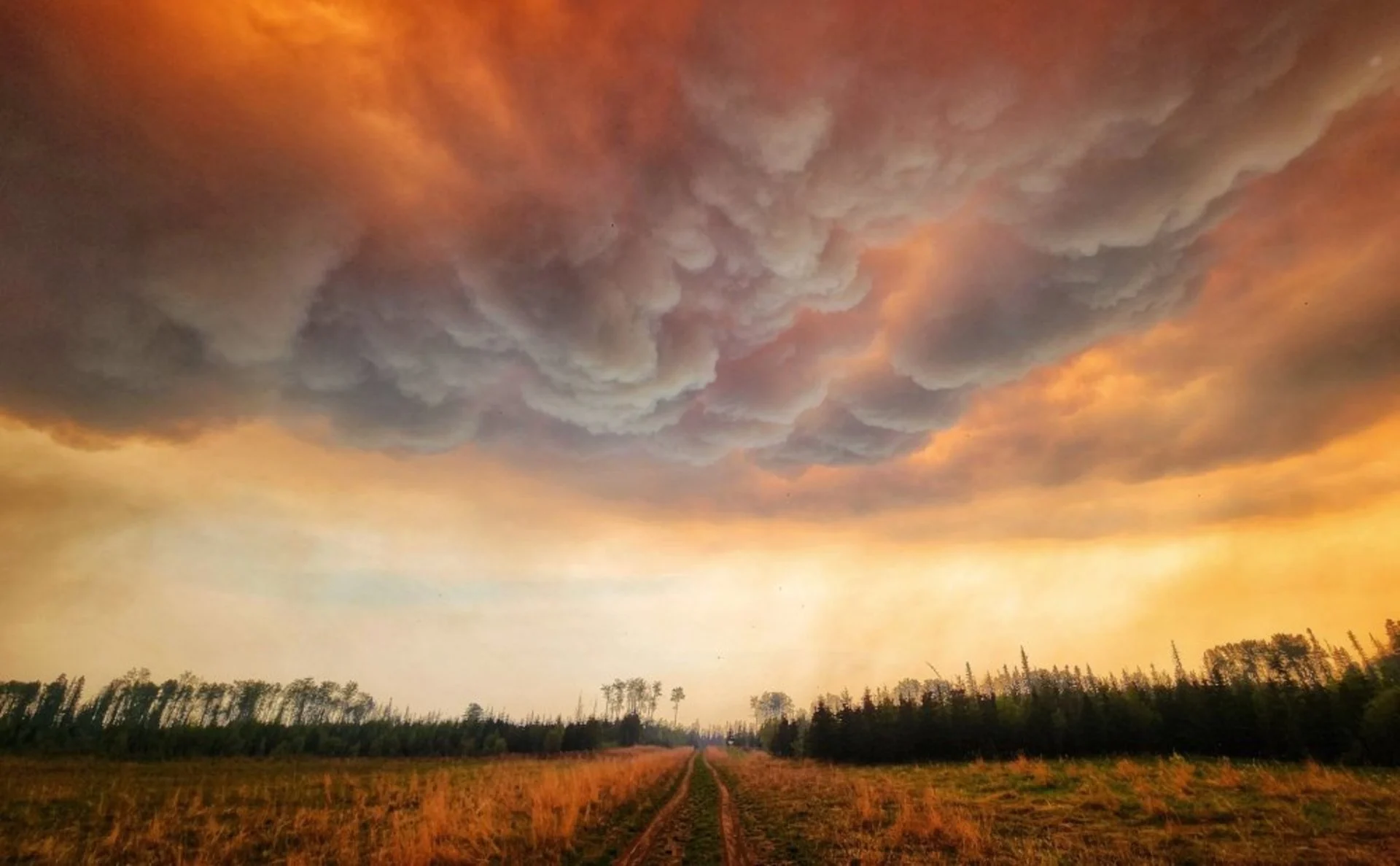
Back to Top






